Custom Printing: Process Color Vs. Spot Color
A couple of weeks ago, I posted the first blog in a series about custom printing. Today, in segment 2, we will touch on the difference between process color and spot color printing. This is an important topic not only to the person creating the file, but also to the person paying for the printing.
Commercial printing presses print in either process (CMYK) or spot color. Process printing, also called four color process or full color printing, uses layers of 4 ink colors - Cyan, Magenta, Yellow and BlacK - to create the colors in the document. Almost any color can be created by combining these four colors (notice that I said "almost"). Be aware though, that because of the way the ink is applied, color variations may occur from one printing to the next. Some pieces that would typically be produced in full color are newsletters, brochures or post cards. Normally full color printing is more expensive than spot color.
Spot color printing uses a system called PMS colors (Pantone Matching System) to create the exact color you want. PMS inks are pre-mixed, using a specific formula, so that the color is the same every time. Each PMS color is assigned a number. When exact color match is important, go with spot color. Having said that, if your piece uses more than 2 spot colors, it is usually more cost effective to print in full color. Business cards and letterhead are examples of items that are often printed in spot color.
When creating your art file to send to us, be sure to use the correct method - if you want the piece printed in spot color, be sure your art file is created in spot color (and vice versa). Usually the file can be converted, but you will incur design charges for that service. It will save your company money if the file is created correctly before you send it to us and it will avoid any unexpected results.
If you have any questions or need any advice, call us at 877-795-2600 and ask to speak with one of our graphic designers -we're happy to help!


